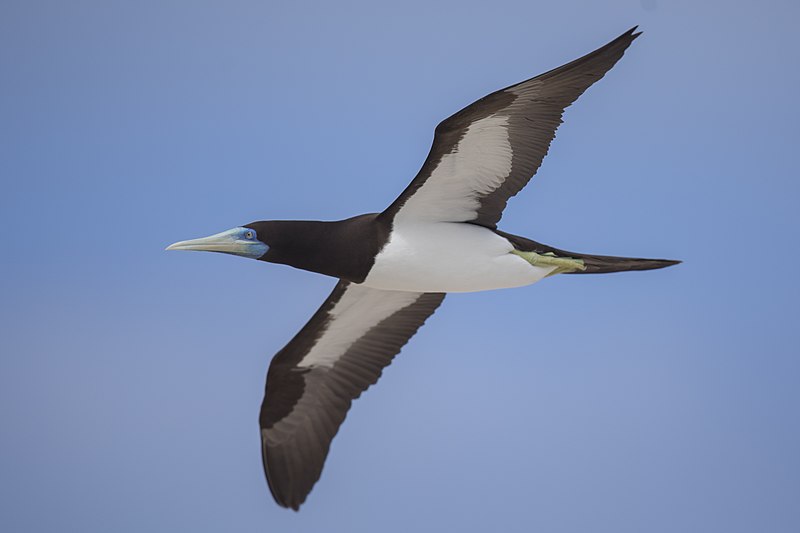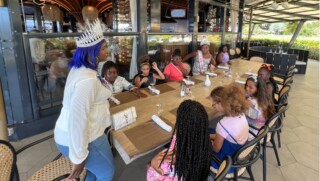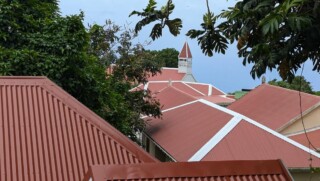Bonaire’s First Brown Booby Population Count in Over 50 Years

Kralendijk – Between 2008 and 2010, STINAPA Bonaire and volunteers took to counting Brown Booby sea-birds along the northwestern coast of Bonaire. These numbers represent the first study of its kind in over 50 years and showed a slow increase in numbers since the establishment of the Washington Slagbaai National Park in 1969.
Brown Boobies (Sula leucogaster) are large seabirds, known to roost along cliff edges in the Caribbean. These birds typically nest in large colonies and plunge-dive to catch small fish and squid. Each season, these birds usually lay two eggs, but its common for only one to survive the first few months after hatching.
Brown Boobies on Bonaire
Although these birds can be seen on each of the ABC islands, they are not known to breed here. The northwest coast of Bonaire is a known roosting area, with reports dating as far back as the 1950s. Originally, around 200 Brown Boobies were known to use these cliffs as roosting areas, however, accounts of raids by fishermen could wipe out half of this population within a single hunt. These birds were often caught for food and for their liver, which was an important ingredient to be used in ‘bruha’ (black magic).
Luckily, since 1969, the areas around these roosting areas were designated a nature reserve, which would eventually become the Washington Slagbaai National Park managed by Stichting Nationale Parken Bonaire (STINAPA Bonaire). This designation meant that hunting these birds here was now illegal. Although hunting has officially been banned for nearly 50 years, no updated populations counts had been conducted since.
Population Counts
Between 2008 and 2010, a population count study was conducted in this area by STINAPA Bonaire and a group of 17 citizen scientists (trained volunteers) to provide an estimated number of Brown Boobies roosting along the northwestern coast of Bonaire as well as to note any other roosting seabirds or banded birds in the area. In addition, this study worked to increase awareness of these seabirds among reserve staff, local residents and visitors involved in the monitoring program.
The numbers provided were the first update in over 50 years. During the study, 7 cliffside sites were selected between Malmok and Playa Funchi, areas known to be regularly visited by roosting seabirds. Seabirds in these areas could only enter and exit the roosts by flying in from the sea, so monitoring consisted of taking an initial count, then adding or subtracting birds as they flew in or out over the course of an hour.
The Results
During the study, the largest number of Brown Boobies counted was in July 2009, with 240. Throughout the study they saw no evidence of breeding nor any banded birds, however a few other roosting birds such as Masked Boobies (Sula dactylatra) and Brown Noddies (Anous stolidus) were documented.
Another interesting trend was that the highest number of Brown Boobies were counted in July of each year, and a minimum number occurring in January. Although the numbers for the Brown Boobies were lower in 2009 than in 2010, this data suggests that the overall numbers may be on the rise. This is most likely attributed to establishing and managing the protected area around these roosting sites.












